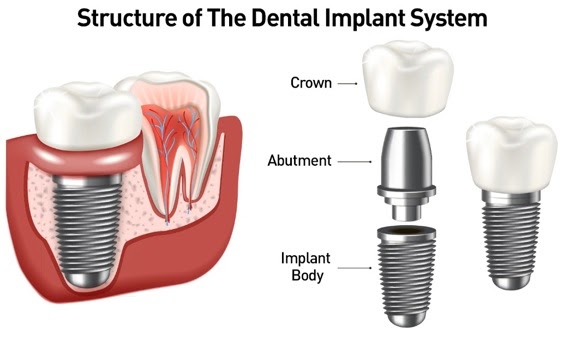Beyond 20/20: The Value of Dental and Vision Insurance for Optimal Health

In the realm of healthcare, the focus often revolves around medical coverage, leaving dental and vision care sidelined. However, overlooking the importance of dental and vision insurance can have significant implications for overall health and well-being. In this article, we explore the multifaceted benefits of dental and vision insurance and how they contribute to achieving optimal health.
Understanding the Holistic Approach to Health
Health is not merely the absence of disease but encompasses physical, mental, and social well-being. Dental and vision health are integral components of this holistic approach to wellness. Neglecting oral and visual care can lead to a myriad of health issues, ranging from tooth decay and gum disease to vision impairment and eye diseases. By prioritizing dental and vision insurance, individuals can address these aspects of their health proactively, laying the foundation for overall well-being.
The Link Between Oral Health and Overall Health
Mounting evidence suggests a strong connection between oral health and systemic health. Poor oral hygiene has been linked to various chronic conditions, including cardiovascular disease, diabetes, and respiratory infections. Regular dental check-ups and preventive care can help detect and address oral health issues early, reducing the risk of complications and improving overall health outcomes. Dental insurance plays a crucial role in facilitating access to preventive services such as cleanings, exams, and fluoride treatments, thereby promoting optimal oral health and mitigating the risk of associated health conditions.
Promoting Early Detection and Treatment
Regular eye exams are not only essential for maintaining clear vision but also for detecting underlying eye conditions and diseases. Many eye diseases, such as glaucoma and macular degeneration, develop gradually and may not present noticeable symptoms in the early stages. Routine eye exams conducted by optometrists or ophthalmologists can detect these conditions early, allowing for timely intervention and treatment. Vision insurance covers the cost of eye exams, as well as corrective lenses and frames, making preventive eye care accessible and affordable for individuals.
Preventing Financial Barriers to Care
One of the primary barriers to accessing dental and vision care is financial constraints. Without insurance coverage, the cost of dental procedures, vision exams, and corrective eyewear can be prohibitively expensive for many individuals. Dental and vision insurance plans provide financial protection against these expenses, ensuring that individuals can seek the care they need without facing undue financial burden. By removing cost barriers to preventive and routine care, insurance coverage promotes regular dental and vision check-ups, ultimately leading to better health outcomes and reduced healthcare costs in the long run.
Addressing Preventive and Restorative Care
Preventive care is the cornerstone of dental and vision health, encompassing routine exams, cleanings, and screenings to detect and prevent oral and visual problems. Dental insurance typically covers preventive services at little to no cost, encouraging individuals to prioritize preventive care and maintain good oral hygiene habits. Similarly, vision insurance covers the cost of routine eye exams, enabling individuals to monitor their eye health and address any changes in vision promptly. In addition to preventive care, dental …read more
Source:: Social Media Explorer







